Samosas are a beloved snack that resonates with food lovers around the globe. Originating from South Asia, these golden pastries are filled with a variety of ingredients that tantalize taste buds. Making homemade samosas is not only satisfying but also a great way to impress family and friends at gatherings. In this article, you will learn how to create crispy and delicious homemade samosas right in your kitchen. With the right ingredients and step-by-step instructions, you’ll be able to master this classic dish. Whether you choose to fill them with spiced potatoes or lentils, these savory delights are sure to become a favorite in your household.
The beauty of homemade samosas lies in their versatility. You can customize the filling according to your taste preferences or dietary needs. Not only are they great as a snack or appetizer, but they can also serve as a side dish for meals or even be enjoyed on their own with a tangy dipping sauce. This guide will provide you with all the necessary tips and techniques, ensuring that your first attempt at making homemade samosas is a resounding success. Grab your apron and let’s dive into this delightful culinary adventure!
Main Ingredients
Flour
To make the perfect dough for your homemade samosas, all-purpose flour is essential. You’ll need about 2 cups (250g) of flour. This ingredient serves as the base for the pastry which should be soft yet firm enough to hold the filling without breaking apart during frying. The right amount of water will help achieve the desired consistency; typically about ½ cup (120ml) should suffice. Additionally, incorporating a pinch of salt enhances flavor while adding oil creates a flaky texture.
Potatoes
For a classic filling, you’ll need approximately 3 medium-sized potatoes (around 500g). Boil them until tender and then mash them finely. Potatoes serve as an excellent base due to their creamy texture when cooked properly. They soak up spices beautifully and provide substance to the filling. You can also mix in other vegetables if desired, but ensure they complement rather than overpower the potato flavor.
Green Peas
Add 1 cup (150g) of green peas for added sweetness and nutrition in your filling mix. Fresh or frozen peas work well; just ensure they’re cooked before mixing with other ingredients. Their vibrant color also adds visual appeal to your finished samosas. The slight crunch of peas balances perfectly with the smoothness of mashed potatoes.
Spices
A variety of spices brings life to your filling; consider using cumin seeds (1 tsp), coriander powder (1 tsp), garam masala (½ tsp), turmeric powder (¼ tsp), chili powder (to taste), and salt (to taste). The combination of these spices creates an aromatic blend that elevates simple ingredients into something extraordinary. Adjust spice levels according to personal preference for heat and flavor intensity.
Oil
For frying your homemade samosas, you’ll require vegetable oil sufficient for deep frying—about 4 cups (1 liter). Choose oils with high smoke points like canola or sunflower oil for best results. Properly heated oil is crucial for achieving that golden crispiness characteristic of perfectly fried samosas.
How to Prepare Homemade Samosas
Step 1: Prepare the Dough
Start by combining 2 cups of all-purpose flour with ½ teaspoon of salt in a large mixing bowl. Gradually add water while kneading until you form a smooth dough that’s neither too sticky nor too dry; this process usually takes about 5-7 minutes. Once achieved, cover it with a damp cloth or plastic wrap and allow it to rest for at least 30 minutes; this resting period is vital as it helps gluten develop, making rolling easier later on.
Step 2: Cook Potato Filling
While your dough rests, prepare the filling by boiling approximately 3 peeled potatoes until fork-tender—this should take around 15-20 minutes depending on size. Drain them thoroughly before mashing well in another bowl until smooth without lumps remaining; add in one cup of cooked green peas along with spices: cumin seeds, coriander powder, garam masala, turmeric powder, chili powder according to taste preferences along with salt! Mix everything thoroughly while letting flavors meld together nicely over medium heat—about 5 minutes will do just fine! Set aside once cooled slightly!
Step 3: Roll Out Dough
After resting time has passed for your dough ball(s), divide it into equal parts—depending on how large you want each samosa! Take one piece out and roll it out onto a floured surface into thin circles measuring around six inches wide; aim for even thickness throughout! Use additional flour if necessary but avoid excess which could lead towards tough pastries upon frying! Cut each circle in half creating two semi-circles—these will form pockets where fillings reside safely tucked away inside awaiting their moment!
Step 4: Form Samosas
Now comes shaping those delightful little pastries! Take one semi-circle; use fingers dipped lightly in water along curved edge then fold it into cone shape sealing edges tightly together forming pocket-like structure capable of holding delicious fillings securely within! Fill generously but don’t overstuff—about one tablespoon should suffice per pocket! Seal top edges carefully ensuring there are no gaps allowing oil inside during frying process later down line which could lead towards soggy outcomes instead crispy bites we desire most!
Step 5: Frying Time
In large pot or deep pan heat up sufficient vegetable oil over medium-high flame ensuring temperature reaches about 350°F (175°C). Carefully drop prepared samosas into hot oil without overcrowding them—working batches if needed ensures they fry evenly throughout time spent submerged below bubbling surface level! Fry until golden brown on both sides taking roughly four-six minutes total—we recommend flipping halfway through cooking duration ensuring even browning occurs across entire surface area achieved beautifully without burning either side! Remove from heat placing onto paper towel-lined plate draining excess oils away leaving behind perfectly crisp exterior ready enjoy fresh out fryer!
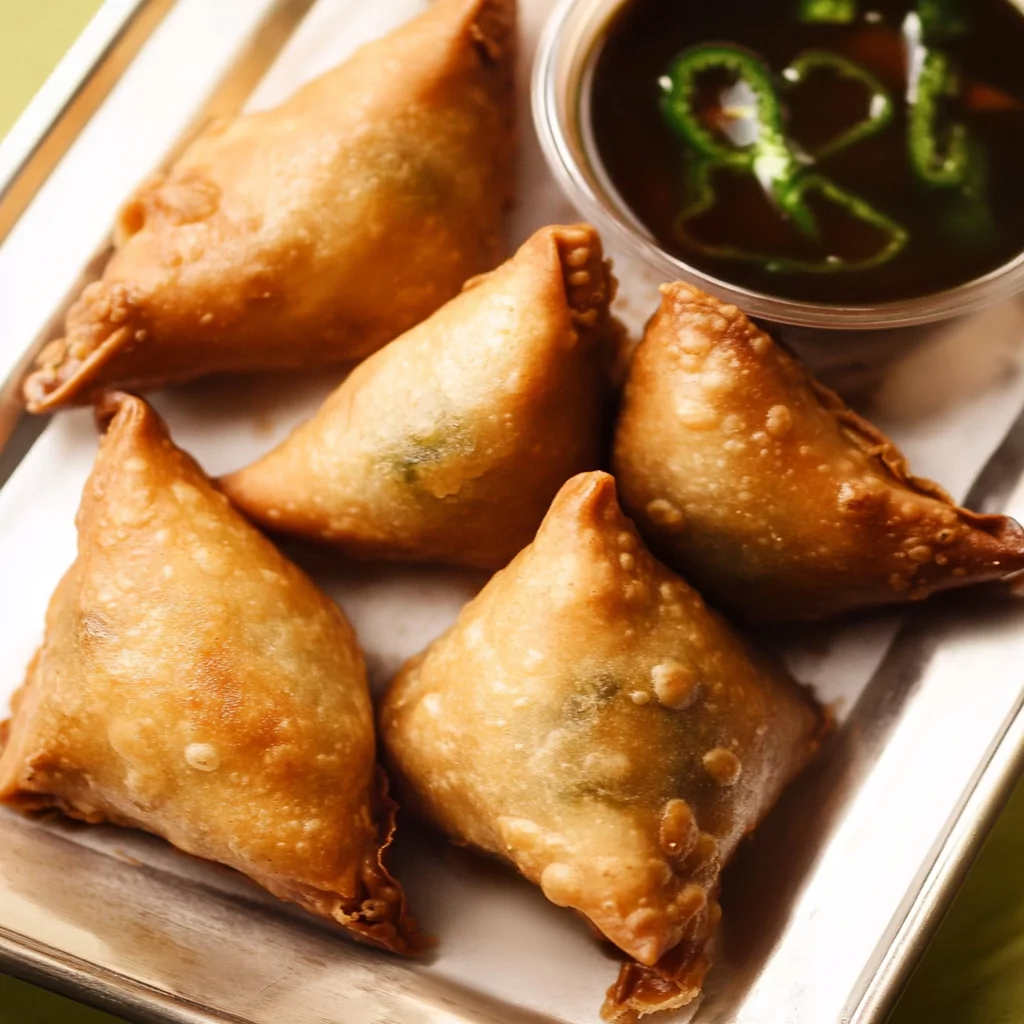
Serving and Storing Tips
Serving Suggestions
Serve your freshly made homemade samosas hot alongside mint chutney or tamarind sauce for dipping—a match made heaven showcasing contrasting flavors elevating experience further beyond mere snacking pleasure into culinary delight! Accompany these treats alongside chai tea during gatherings inviting guests indulge blissfully together sharing laughter memories created around table filled deliciousness beyond compare truly celebrating joy good food brings us all closer together time after time repeating itself year after year reminding us why comfort dishes like these matter so much life’s simple pleasures found within moments spent together cherished forevermore!
Mistakes to avoid
One common mistake when making homemade samosas is using overly wet filling. If the filling is too moist, it can lead to a soggy dough, resulting in a less-than-desirable texture. To avoid this, ensure that any ingredients you use—like potatoes or peas—are dried properly. After boiling, drain and let them cool completely before mashing or mixing with spices. Additionally, consider cooking the filling beforehand to evaporate any excess moisture.
Another mistake is not sealing the samosas correctly. If the edges are not sealed properly, they may open during frying or baking, causing the filling to spill out. To prevent this, use a mixture of flour and water as a paste to help seal the edges securely. Make sure to press them firmly together and check for any gaps.
Failing to maintain the right oil temperature while frying is another mistake many home cooks make. If the oil is too hot, the outside will cook too quickly, leaving the inside raw. On the other hand, if it’s not hot enough, the samosas will absorb too much oil and become greasy. Use a thermometer to monitor the oil temperature; it should ideally be around 350°F (175°C). Fry in small batches to maintain consistent heat.
Lastly, overlooking seasoning can lead to bland samosas. Ensure you taste your filling before assembling them. Adjust spices like cumin, coriander, and chili powder according to your preference. A well-seasoned filling enhances the overall flavor of your homemade samosas.
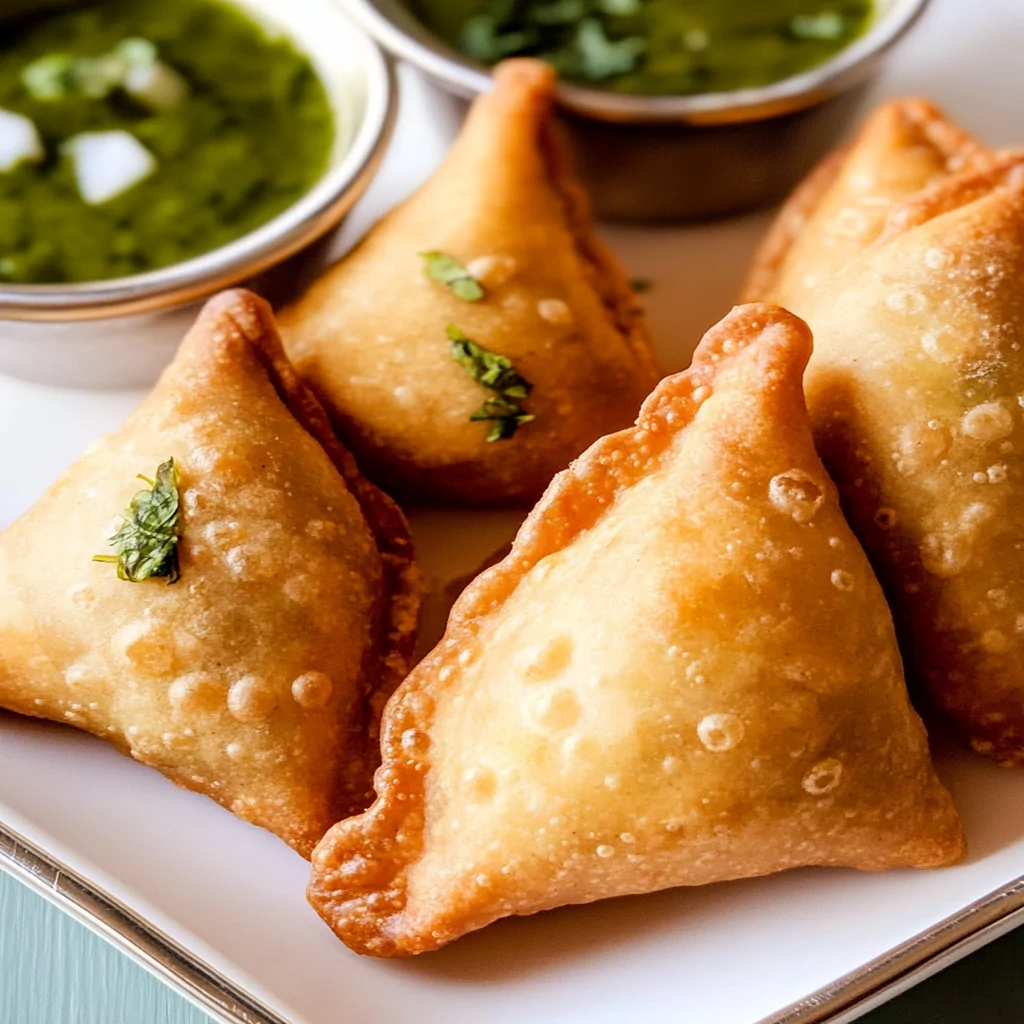
Tips and tricks
Using fresh ingredients is vital for delicious homemade samosas. Fresh spices enhance flavor significantly compared to older ones that may have lost their potency. When selecting vegetables or meats for your filling, ensure they are at their peak freshness for better taste and texture.
Consider preparing your dough in advance and letting it rest for at least 30 minutes. This resting period allows gluten to relax, making it easier to roll out and shape your samosas without tearing. Cover your dough with a damp cloth during this resting time to prevent it from drying out.
For those who prefer a healthier option, try baking instead of frying your homemade samosas. Brush them lightly with oil before placing them in an oven preheated to about 375°F (190°C). Bake until golden brown and crispy on all sides. This method reduces oil absorption but still offers a satisfying crunch.
If you want variations in flavors or fillings, don’t hesitate to experiment! Consider adding different ingredients such as lentils or cheese into your mixtures for unique twists on traditional recipes. You can also try incorporating herbs like mint or cilantro for added freshness.
Finally, serving your homemade samosas with chutneys like mint or tamarind not only enhances their flavor but also adds visual appeal on the plate. Pairing them with dipping sauces elevates your dish and makes it more enjoyable for guests.
Suggestions for Homemade Samosas
When preparing homemade samosas, invest in quality flour for your dough. Whole wheat flour is commonly used in traditional recipes; however, you might consider using all-purpose flour for a slightly lighter texture if desired. The type of flour can significantly impact both flavor and texture; experimenting with different types can yield interesting results.
Pay attention while frying; gently slide each samosa into hot oil rather than dropping them in hastily. This technique helps prevent splattering and ensures even cooking throughout each piece. Also remember not to overcrowd the pan; doing so can lower the oil temperature rapidly.
Consider freezing extra uncooked samosas if you find yourself with a surplus after preparation. Arrange them on a baking sheet lined with parchment paper and freeze until solid before transferring them into freezer bags for future use. This way you will always have delicious snacks ready at a moment’s notice.
For an authentic experience, serve your homemade samosas alongside traditional sides such as onion salad or yogurt raita for contrast in flavors and textures! These accompaniments can elevate your dish from good to great by providing complementary tastes that balance out rich fillings.
Lastly, don’t shy away from customizing shapes while making homemade samosas! Traditional triangular shapes are popular but feel free to experiment with different forms such as half-moons or even pinwheels! Making unique shapes could add excitement both visually as well as texturally!
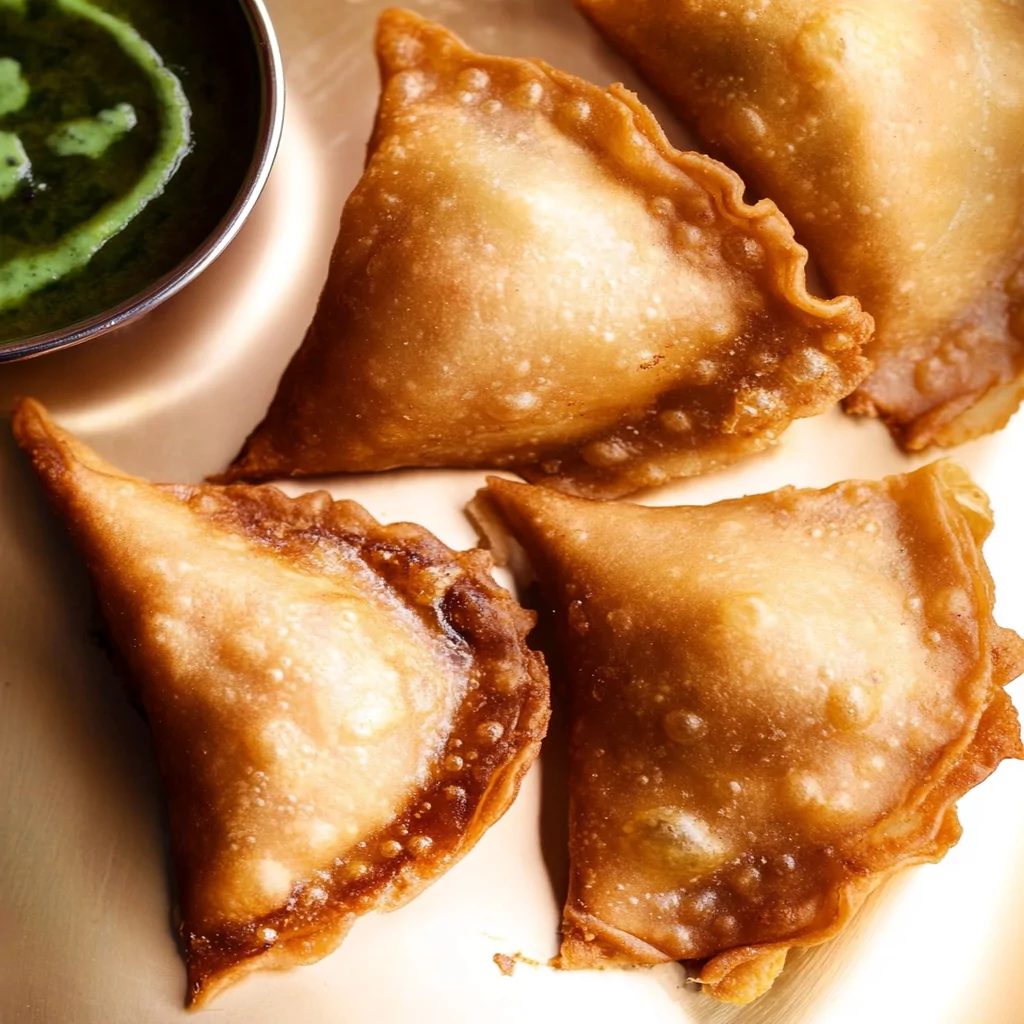
FAQs
What are some common fillings for homemade samosas?
Homemade samosas can feature various fillings depending on personal preferences and regional variations. The most common filling includes spiced potatoes mixed with peas, often seasoned with cumin seeds, garam masala, and chili powder for added flavor. Other popular options include minced meat such as chicken or lamb seasoned similarly but cooked until tender before being stuffed into dough pockets.
Vegetarian versions may incorporate lentils or chickpeas along with assorted vegetables like carrots or green beans seasoned accordingly! For those looking for fusion ideas: cheese-based fillings combined with herbs could also create exciting new flavors while maintaining traditional textures.
Can I make my dough ahead of time?
Yes! You can prepare your dough ahead of time when making homemade samosas! After kneading it thoroughly until smooth elastic consistency is achieved wrap tightly in plastic wrap then refrigerate until ready-to-use within two days maximum duration ensures optimal freshness upon cooking later on!
This technique allows busy cooks flexibility allowing additional preparation time dedicated solely towards flavorful fillings without feeling rushed during assembly phases thereby enhancing overall experience whilst minimizing stress levels involved!
How do I know when my oil is hot enough?
To determine whether cooking oil has reached proper temperature before frying homemade samosas: Carefully insert wooden chopstick into hot oil; if bubbles form around its base rapidly then temperature should be about 350°F (175°C) which indicates suitability!
Alternatively use kitchen thermometer ensuring accuracy throughout process; monitor closely whilst adjusting heat settings accordingly preventing scenarios where burnt exteriors mask undercooked interiors!
Can I bake my homemade samosas instead of frying?
Absolutely! Baking offers an excellent alternative method resulting in healthier versions sans excessive grease associated typically found within deep-frying methods employed traditionally throughout various cuisines worldwide.
Brush lightly over each assembly prior placing onto prepared baking sheets allowing crispiness achieved through dry heat exposure creating delightful textures without compromising integrity!
How long do cooked homemade samosas last?
Cooked homemade samosas typically remain fresh when stored correctly within airtight containers placed inside refrigerators lasting up-to two-three days maximum duration extending longer periods by freezing leftovers preserving flavors intact whilst ensuring safety against spoilage concerns encountered otherwise!
Reheat thoroughly before serving again ensuring even heating throughout entire pastry casing achieving optimal enjoyment during consumption processes afterwards!
What dips pair well with homemade samosas?
A wide array of delectable dipping sauces complements perfectly alongside freshly made samosa creations enhancing overall dining experiences significantly! Traditional options include mint chutney offering refreshing contrasts alongside tangy tamarind sauce balancing spicy notes beautifully against rich flavors present within savory pastries themselves!
Whatever choice made depends largely personal taste preferences however experimentation yields opportunities discover new favorites enhancing culinary journeys taken through exploration diverse cultural influences reflected plate presentations enjoyed together friends family alike!
Conclusion
In summary, creating delicious homemade samosas involves understanding key techniques while avoiding common pitfalls that detract from their quality. Focus on using fresh ingredients for both dough and fillings ensures excellent flavor profiles come through clearly when tasted moments later after preparation completed successfully!
Mistakes such as sealing improperly or neglecting moisture control may ruin otherwise perfect batches intended share loved ones during gatherings special occasions alike! Instead follow tips provided above regarding resting times along experimentation different shapes styles appealing appetites varied preferences surrounding table settings enjoyed together friends family alike!
Overall remember: cooking should be fun so embrace creativity explore alternatives find what works best suited taste buds available resources at disposal yielding further enjoyment every bite taken savoring delights found within uniquely crafted culinary masterpieces created diligently over time spent honing skills gained creating memorable experiences lasting long after final morsels consumed shared laughter echoed endlessly surrounding tables filled warmth love connection fostered bonds forged shared passions centered around food culture brought forth lovingly crafted dishes served lovingly plated bringing joy hearts souls alike!
Print
Homemade Samosas
- Prep Time: 30 minutes
- Cook Time: 15 minutes
- Total Time: 45 minutes
- Yield: 12 servings
Description
Homemade samosas are a delightful treat that brings the vibrant flavors of South Asia right to your kitchen. These crispy pastries, filled with a savory mix of spiced potatoes and peas, are perfect for snacking or entertaining. With a flaky crust and flavorful filling, they are sure to impress family and friends at any gathering. Follow this simple recipe to create your own batch of delicious homemade samosas that will have everyone asking for more!
Ingredients
- – 2 cups all-purpose flour
- – ½ tsp salt
- – 3 medium potatoes (boiled and mashed)
- – 1 cup green peas (cooked)
- – Spices: cumin seeds, coriander powder, garam masala, turmeric powder, chili powder, salt
- – Vegetable oil (for frying)
Instructions
1. Prepare the dough by mixing flour and salt in a bowl. Gradually add water while kneading until smooth; let rest for 30 minutes.
2. For the filling, mash boiled potatoes and mix with cooked peas and spices over medium heat for about 5 minutes.
3. Roll out the dough into thin circles, cut in half, and form cones. Fill with the potato mixture and seal edges tightly.
4. Heat oil in a pan to 350°F (175°C) and fry samosas until golden brown on both sides (4-6 minutes). Drain on paper towels.
Notes
– To enhance flavor, experiment with different fillings like lentils or cheese.
– Serve with mint chutney or tamarind sauce for an extra burst of taste.
Nutrition
- Calories: 200
- Fat: 10g
- Carbohydrates: 28g
- Fiber: 3g
- Protein: 4g

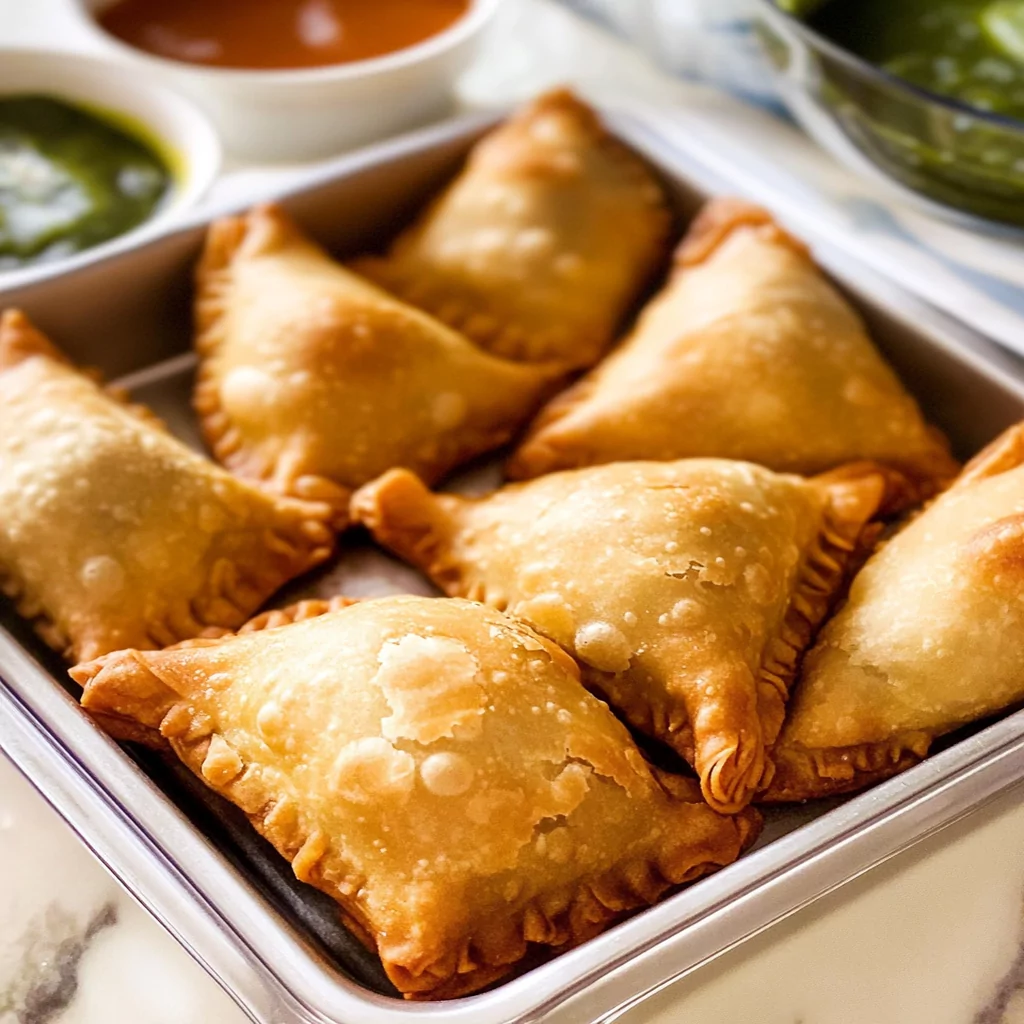
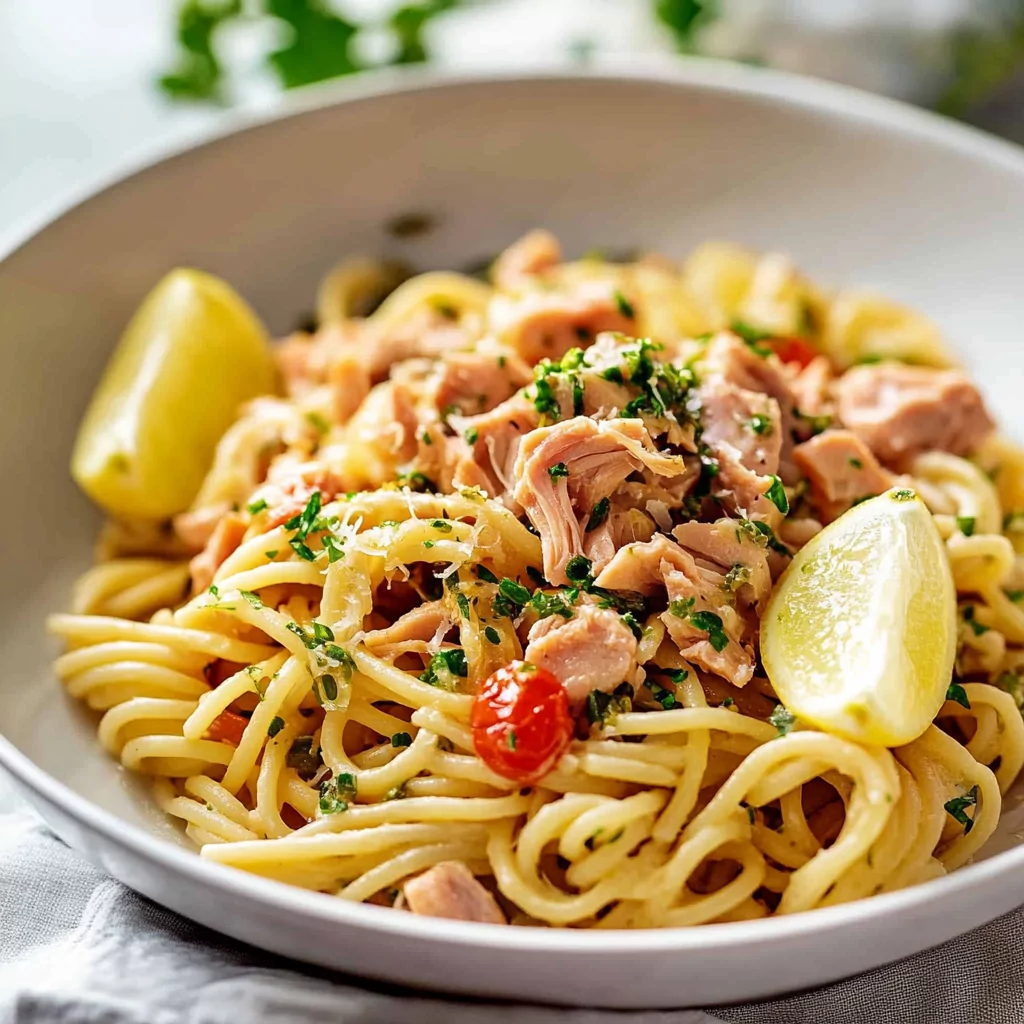
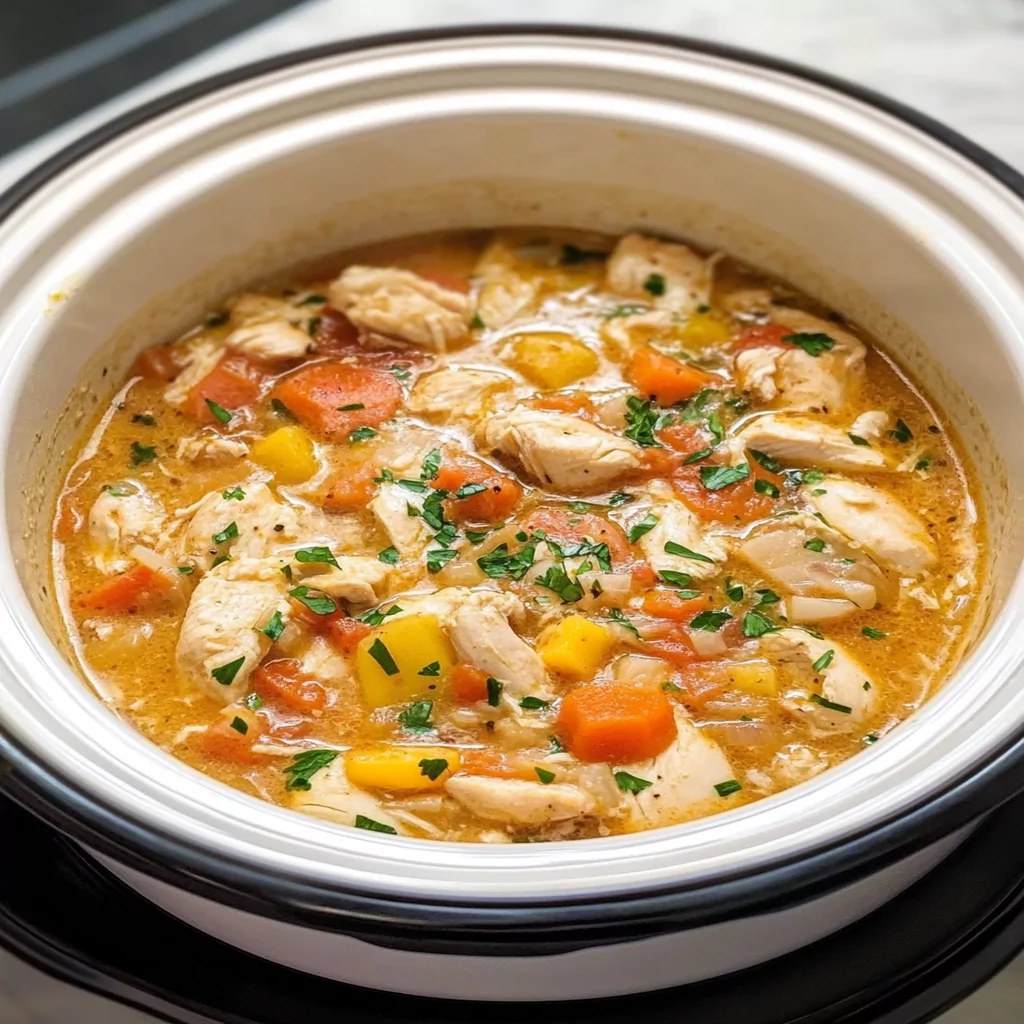
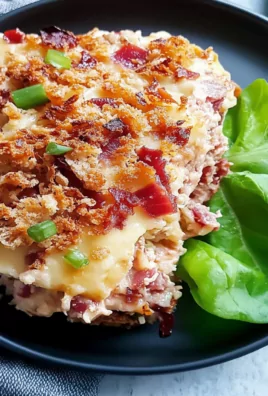
Leave a Comment